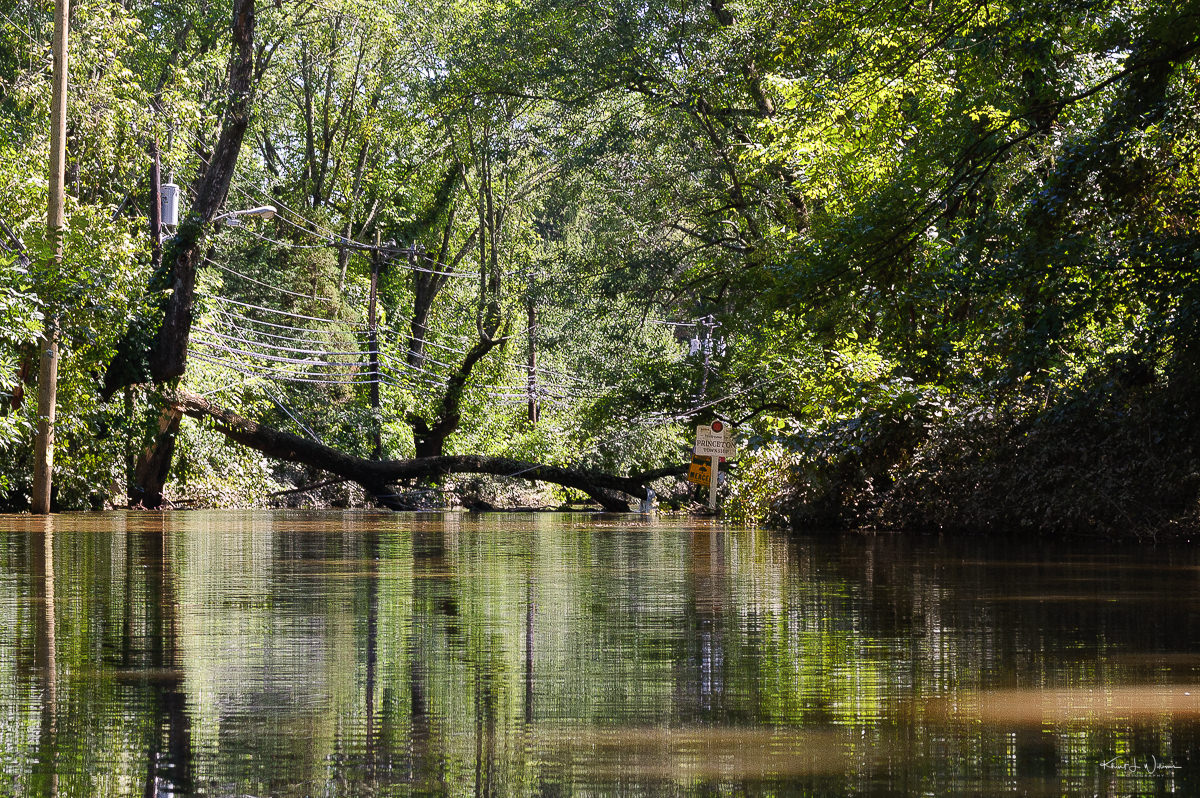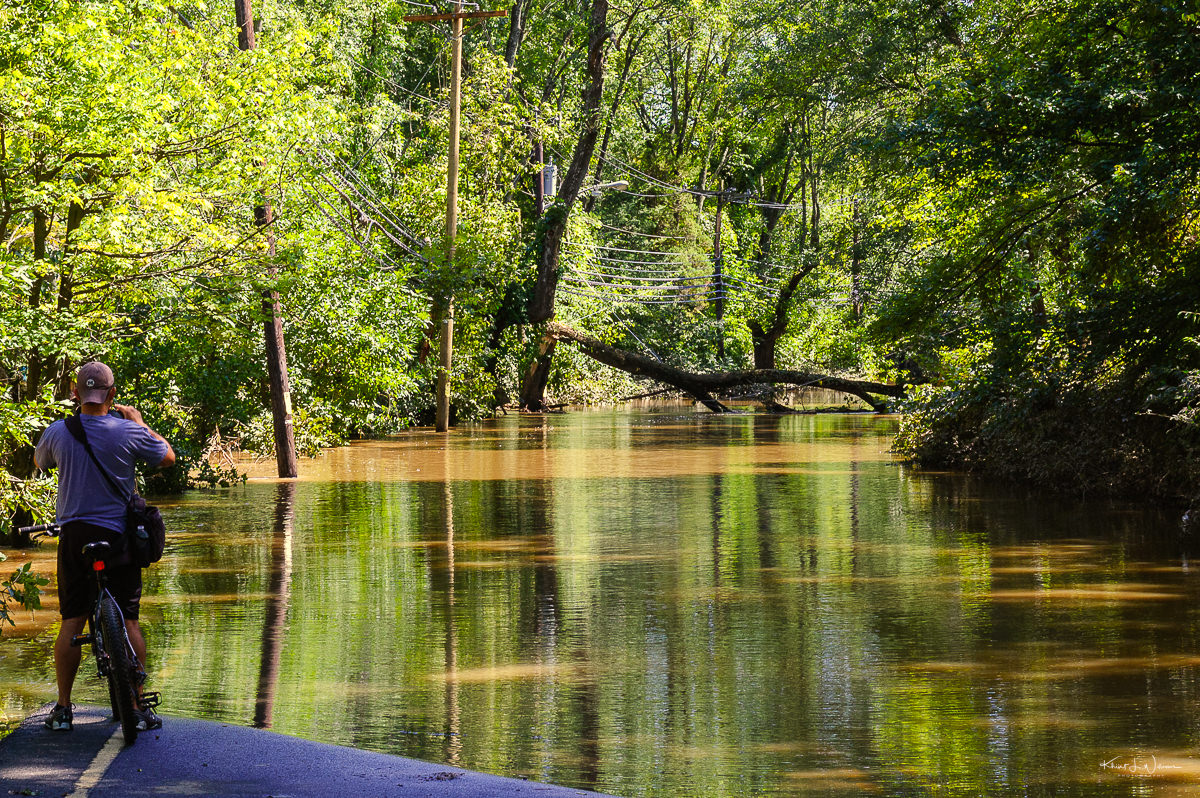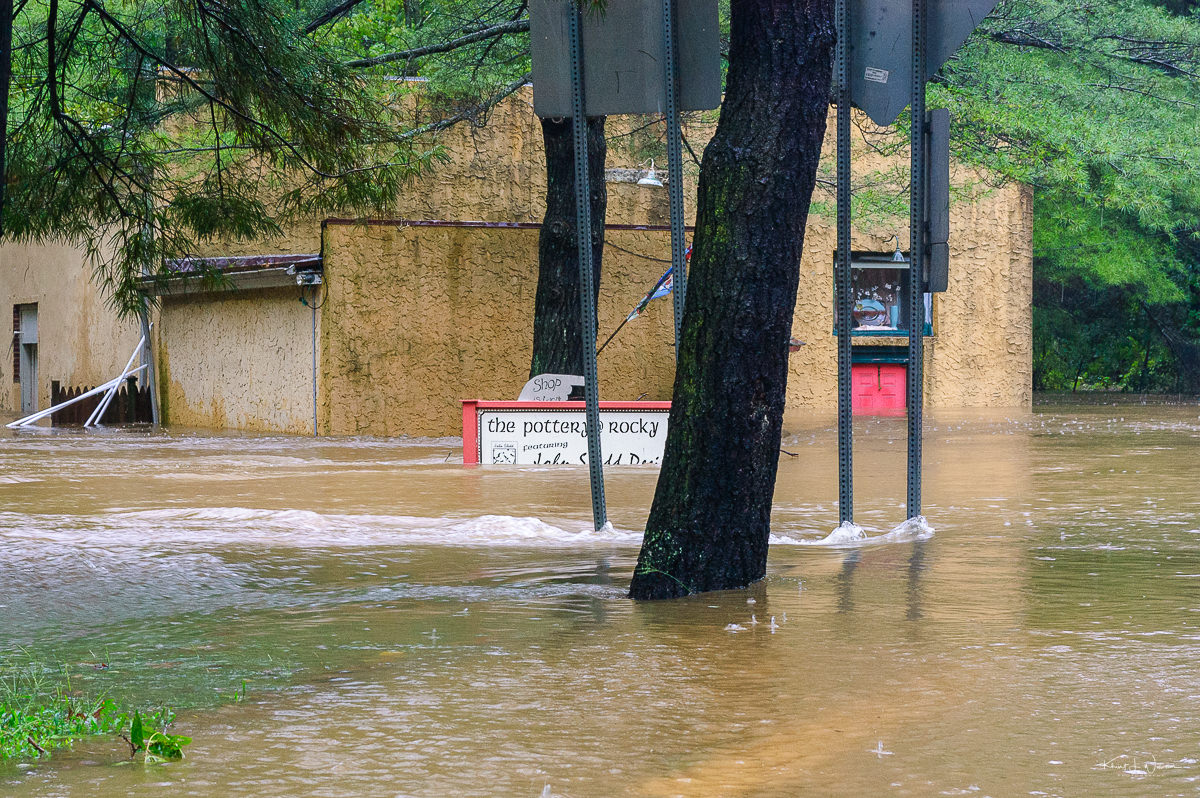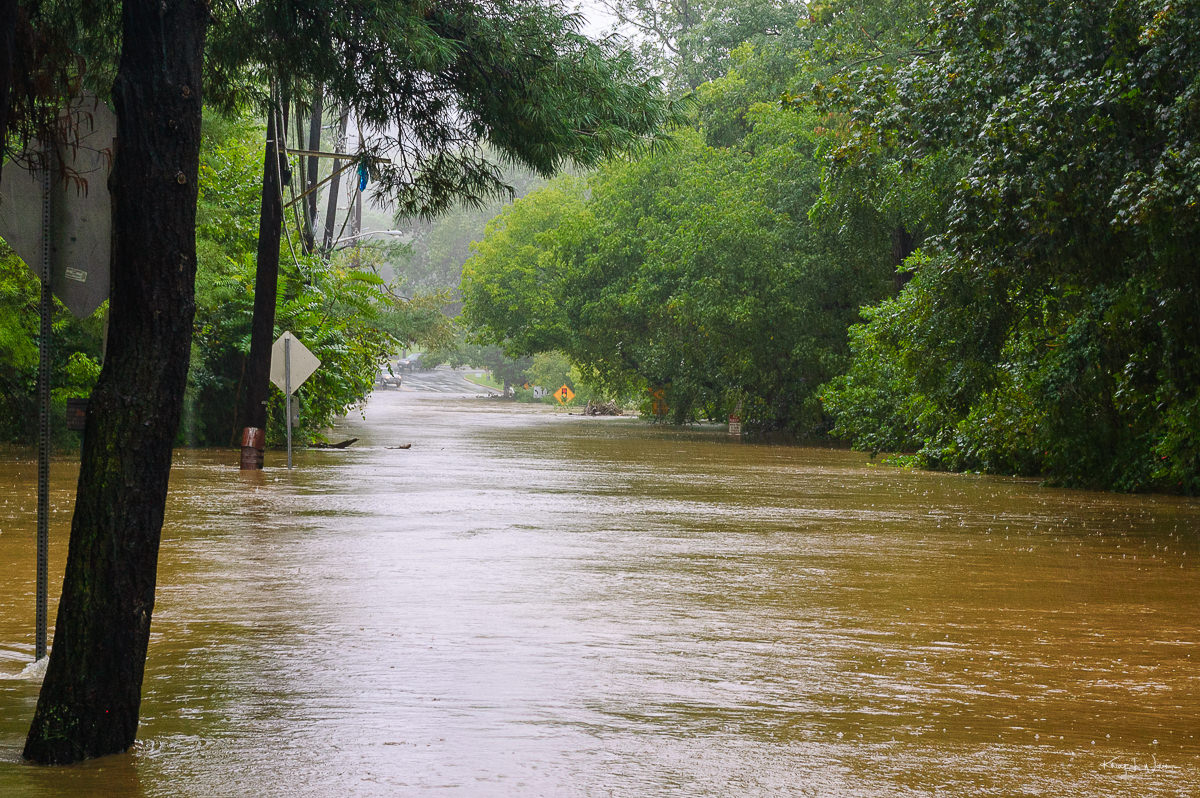Wagner described to me what had happened when Hurricane Irene hit Hancock in 2011. The White River rose, swept away entire homes, and disinterred the corpses in nearby cemeteries. A wall of water out of the mountains shredded Route 100, leaving 20-foot canyons, isolating the village. National Guard helicopters were slow to arrive. The Federal Emergency Management Agency was nowhere to be seen. The residents held potluck dinners and planning sessions by candlelight, deputized a leadership, heaved pebbles and gravel in backhoes to begin the repair of the roads—they had no permits to do so—and sent emissaries on foot to outlier settlements, checking on the old and the infirm. Rick Gottesman, who lives with Kathleen Byrne at her inn and who told me he was a “quiet secessionist,” wrote about Irene in an e-mail:
“There was palpable pride in the town and its people and a distinct we-ain’t-waitin’-for-no-gubmint attitude. With rivers bursting with water, forests full of firewood, abundant gardens and most of all each other, we could have easily continued for several more weeks and longer.”
Christopher Ketcham writing in The American Prospect
Tag: Hurricane Irene
Hurricane Irene
The remnants of Hurricane Irene's rage are seen at Washington Street in Rocky Hill and along River Road between Montgomery and Princeton Township, New Jersey. An old tree, which once stood as a stately presence in front of a traditional white house, is now toppled across the lush lawn. Its broken trunk and scattered branches evidence the storm's force. On display are the jagged splinters of the fallen giant, a raw break from the main trunk, symbolising the sudden violence of nature.
On the now-flooded River Road, the water rises high enough to submerge the base of the sign welcoming travellers to Princeton Township. The flood waters reflect the trees and utility poles on its still surface. It's a surreal landscape where the road should be; now, a makeshift river mirrors the sky and foliage.


A lone cyclist, pausing at the water's edge, contemplates and photographs the submerged path ahead. A tree in the background lies across power lines, a stark reminder of the disruption to human lives and the power of natural forces. These images capture the unexpected transformation of the everyday landscapes, the silence after the storm, and the resilience of communities facing the aftermath of nature's fury.

August 28th, 2011 - Burst
Torrential rains from Hurricane Irene have transformed the usually peaceful Millstone River into a raging torrent, overwhelming the eastern end of Washington Street in Rocky Hill. A large section of Washington Street is now submerged under muddy waters, with nature's force rendering the road impassable. All bridges and roads leading in and out of this section of Somerset County are flooded.
Rocky Hill Borough administration have officially closed the roads into town because foolish people are driving around the barricades in an attempt to cross the flooded bridge.
Trees silently witness the deluge, their branches drooping under the relentless rain. The roaring floodwaters engulf the location of the historic Rocky Hill Grist Mill (aka Bear-Mount Mill and Hooper Mill), now home to local businesses The Pottery and John Shedd Designs. The rushing water laps against the signage that once welcomed customers. This watery chaos starkly illustrates the hurricane's might and the fragility of the structures in its wake.



